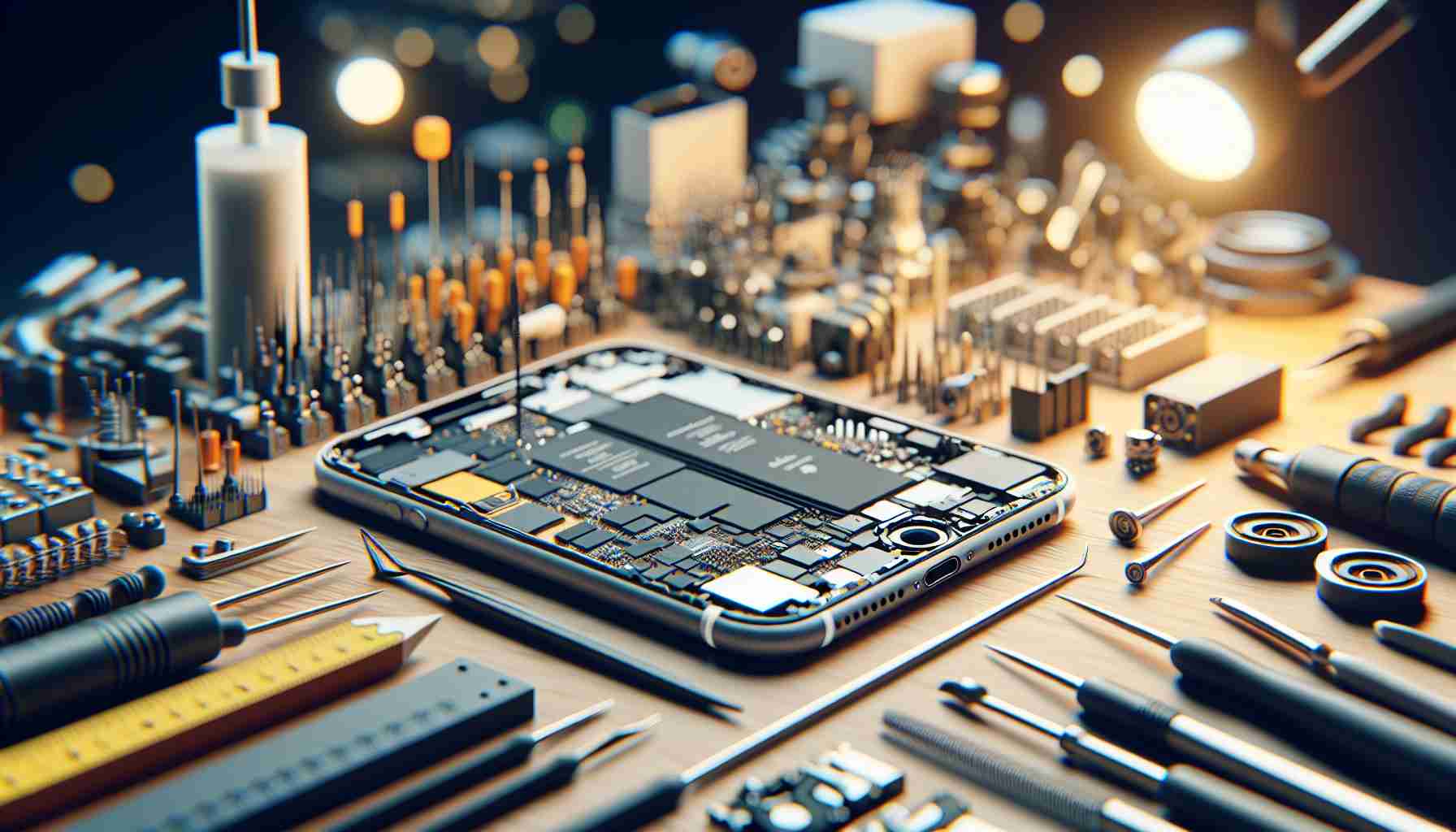Apple has recently introduced a significant enhancement to its repair processes by allowing users to repair their iPhones using used, genuine parts. This move, which will be implemented starting this fall, aims to provide consumers with more repair options while ensuring privacy, security, and product longevity.
Previously, iPhone users were required to match the series number of their device with new Apple parts during the repair process. If an aftermarket or used component was installed, notifications from Apple would inform the user that the newly installed part couldn’t be verified. This issue commonly arose with Face ID and Touch ID sensors, which often did not function properly with non-Apple components.
To simplify the repair process and make it easier for users and repair shops, Apple is now doing away with these notifications for used parts. Serial number requirement for ordering parts from the Self Service Repair Store will no longer be necessary, except when replacing the logic board.
Initially, this change will apply to components such as displays, batteries, and cameras, with promised support for used biometric sensors like Face ID or Touch ID.
Apple is also extending its Activation Lock feature, which prevents thieves from using lost or stolen iPhones, to iPhone parts. If a device under repair detects that a supported part was obtained from another device with Activation Lock or Lost Mode enabled, calibration capabilities for that part will be restricted.
Furthermore, Apple plans to expand the Parts and Service History feature on iOS to show whether a part is either new or used. This additional information will be displayed to users, providing transparency regarding the repair history of their device.
In conclusion, Apple’s decision to support repairing iPhones with used parts introduces a more accessible and sustainable approach to device repairs, ultimately benefiting consumers and minimizing environmental impact.
The move by Apple to allow users to repair their iPhones using used, genuine parts is a significant enhancement to their repair processes. This change is expected to provide consumers with more repair options, giving them greater flexibility when it comes to fixing their devices. By allowing the use of used parts, Apple is aiming to address the issues that users faced with aftermarket or non-Apple components, particularly with Face ID and Touch ID sensors that often did not function properly.
Apple’s decision to do away with notifications for used parts will simplify the repair process and make it easier for users and repair shops. The requirement to match the series number of the device with new Apple parts will no longer be necessary, except when replacing the logic board. Initially, this change will apply to components such as displays, batteries, and cameras, with future support promised for used biometric sensors like Face ID or Touch ID.
In addition to supporting repairs with used parts, Apple is also extending the Activation Lock feature to iPhone parts. This means that if a device detects that a supported part was obtained from another device with Activation Lock or Lost Mode enabled, the calibration capabilities for that part will be restricted. This is an important security measure that prevents thieves from using lost or stolen iPhones.
To provide transparency regarding the repair history of their devices, Apple plans to expand the Parts and Service History feature on iOS. This feature will indicate whether a part is either new or used, giving users more information about the repair status of their devices.
Overall, Apple’s decision to support repairing iPhones with used parts is a step towards a more accessible and sustainable approach to device repairs. This move benefits consumers by providing them with more options for fixing their devices, while also minimizing the environmental impact of device repairs.
For more information on Apple’s repair processes and initiatives, you can visit their official website: Apple.
The source of the article is from the blog lanoticiadigital.com.ar
